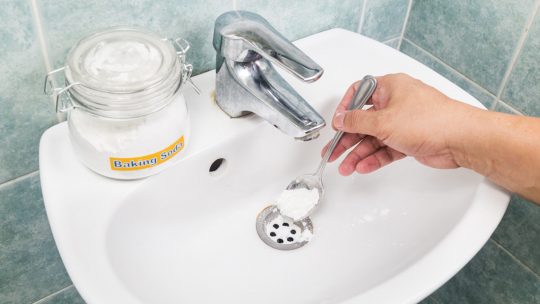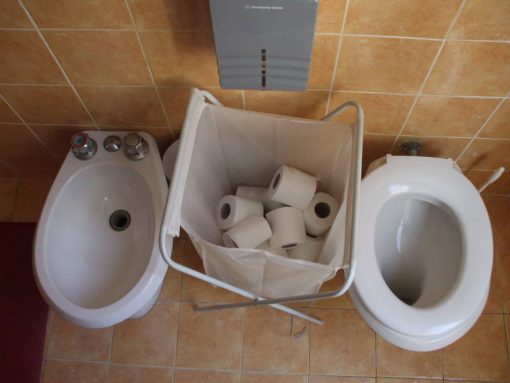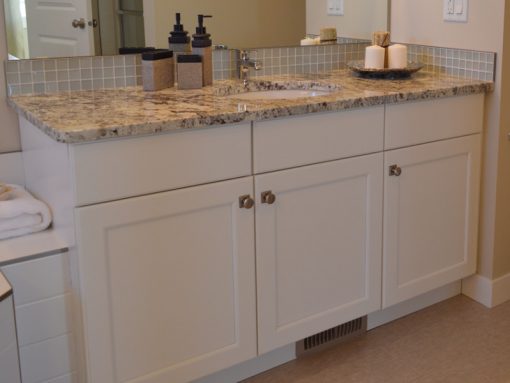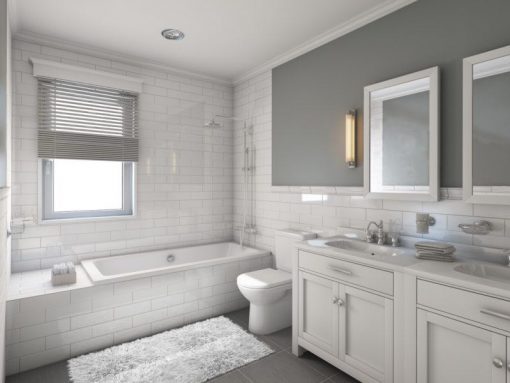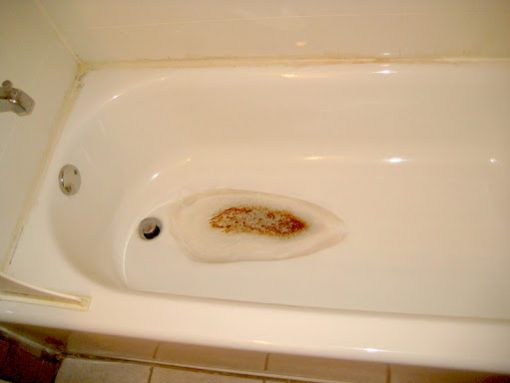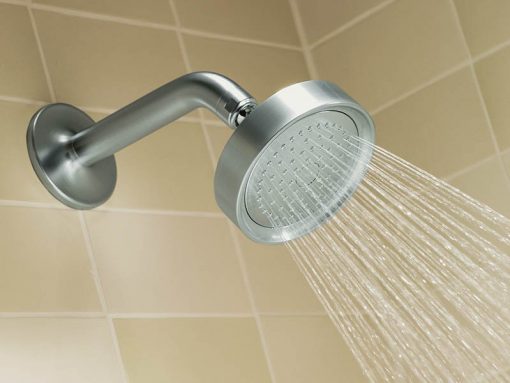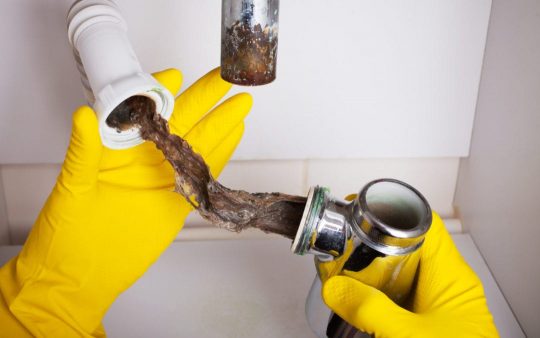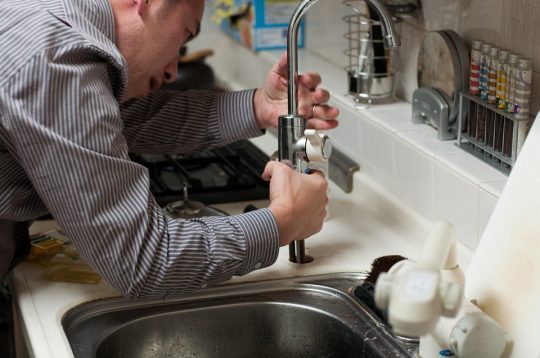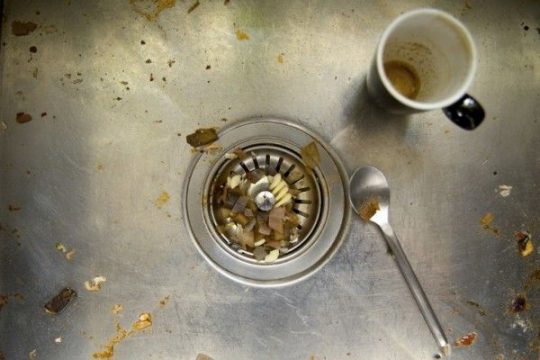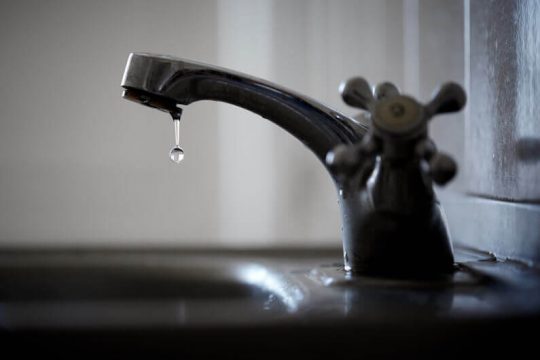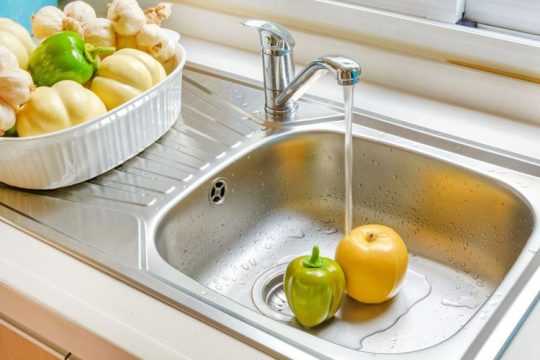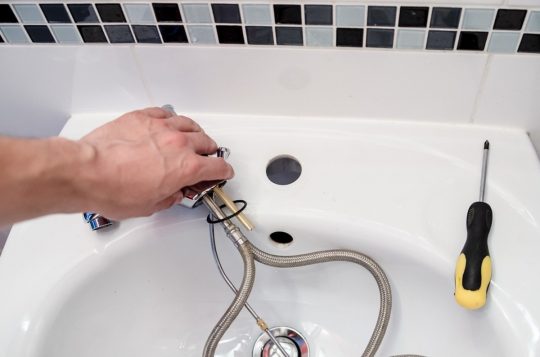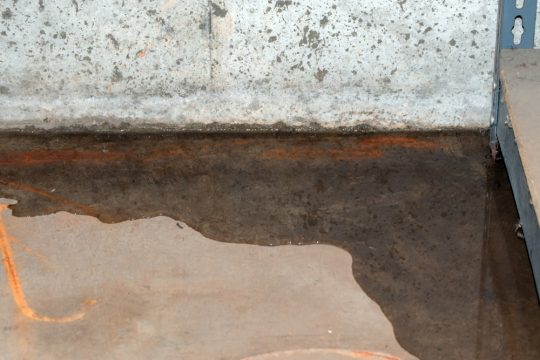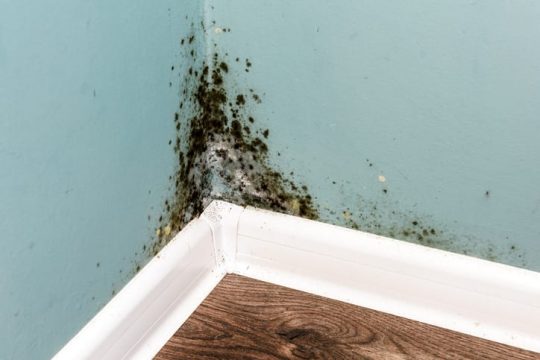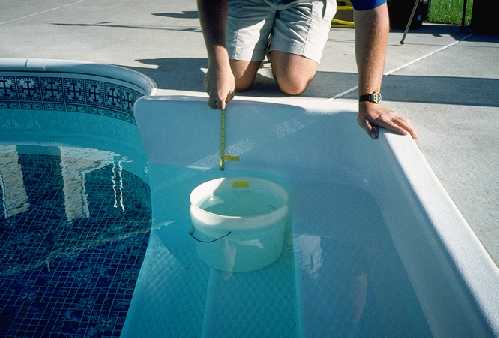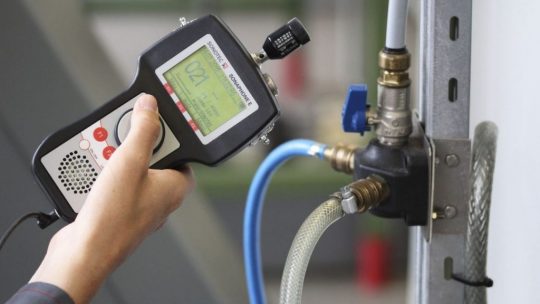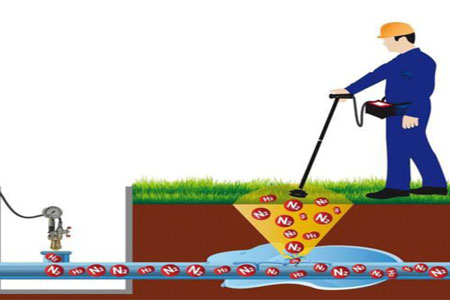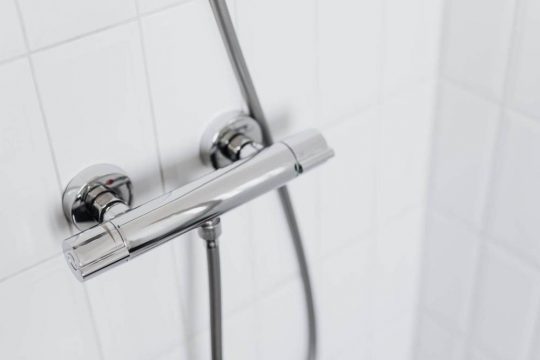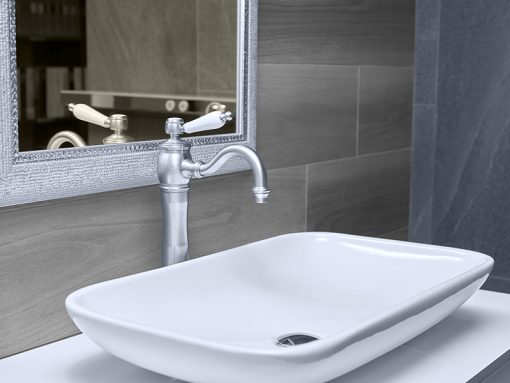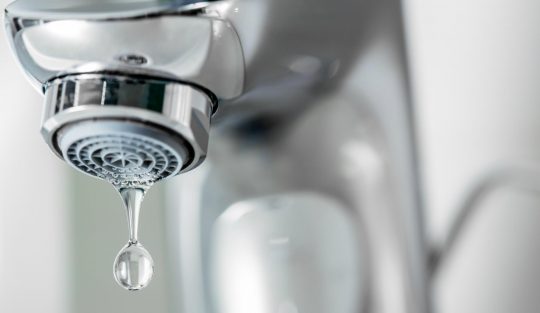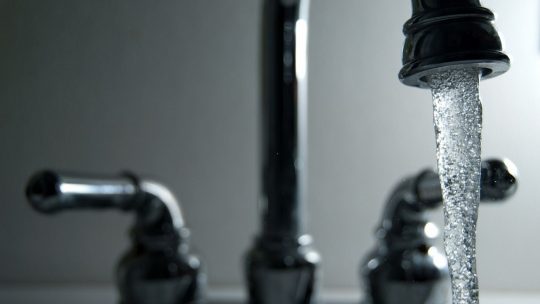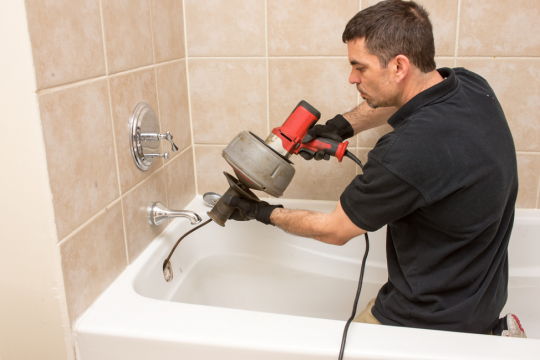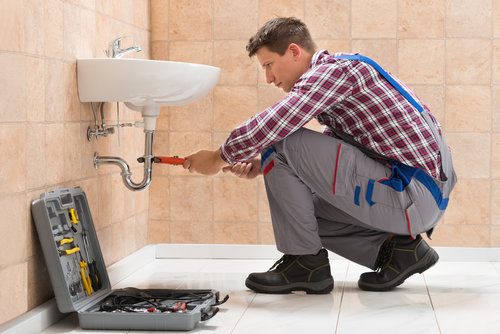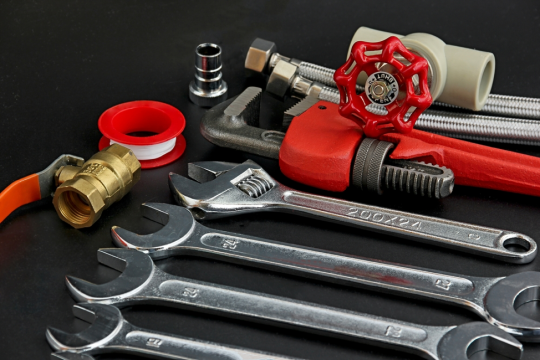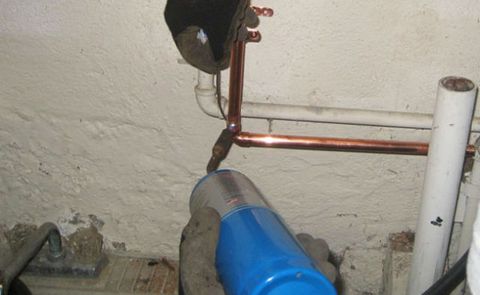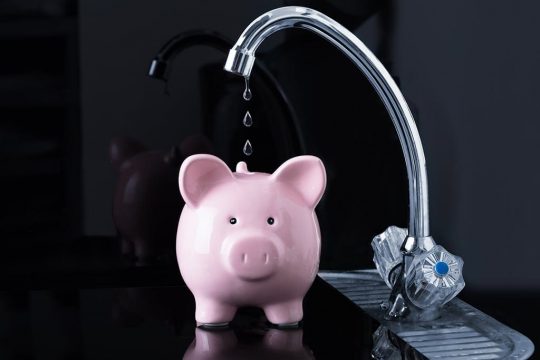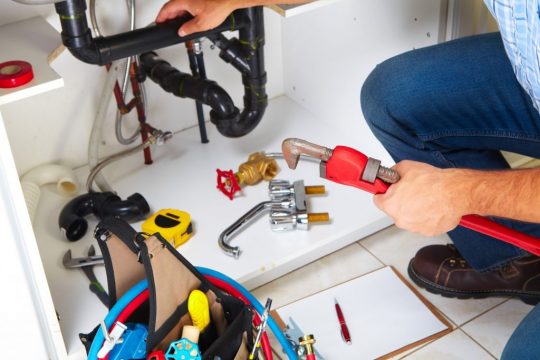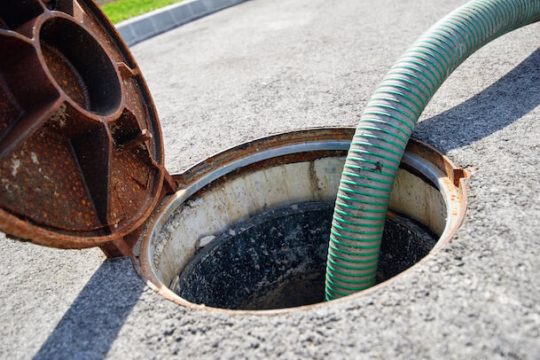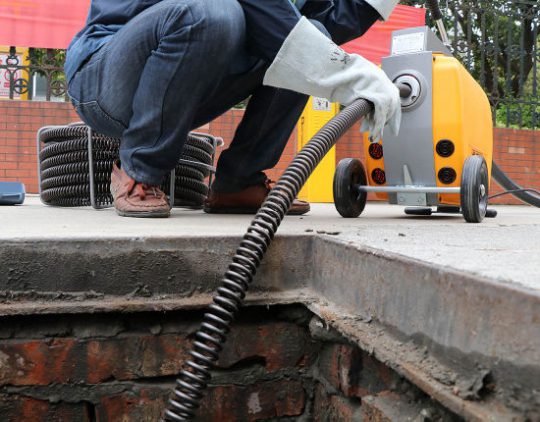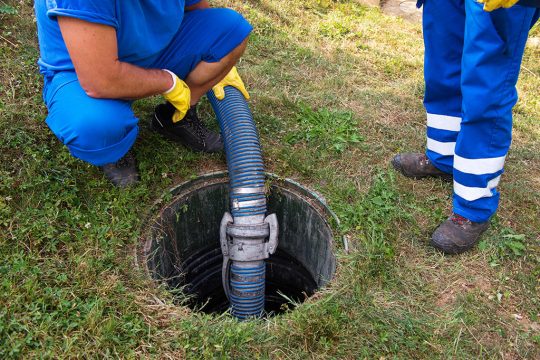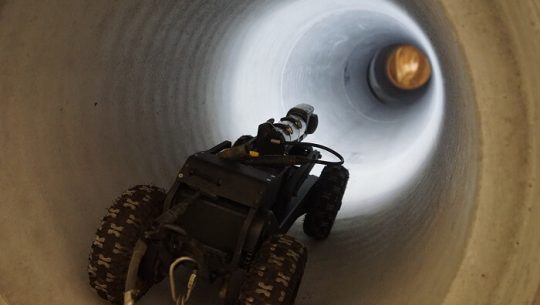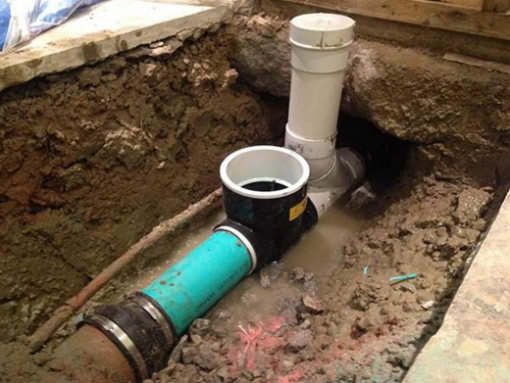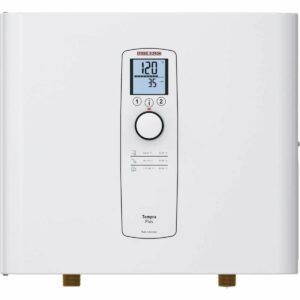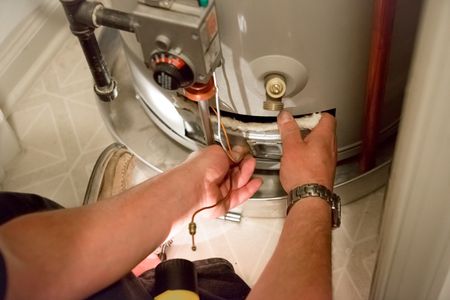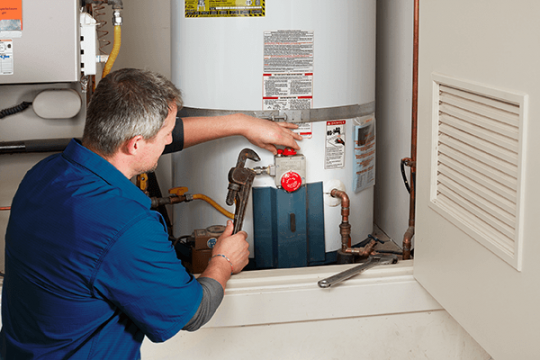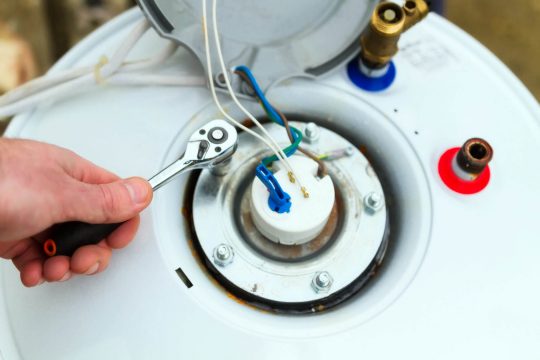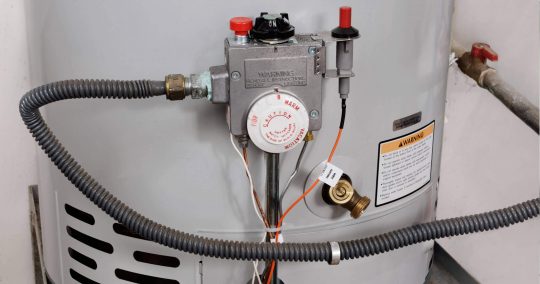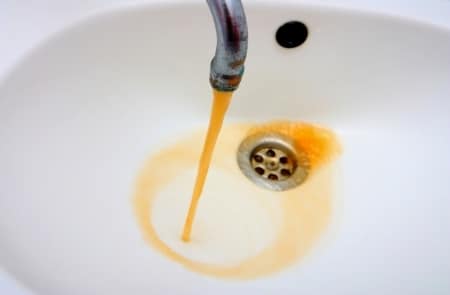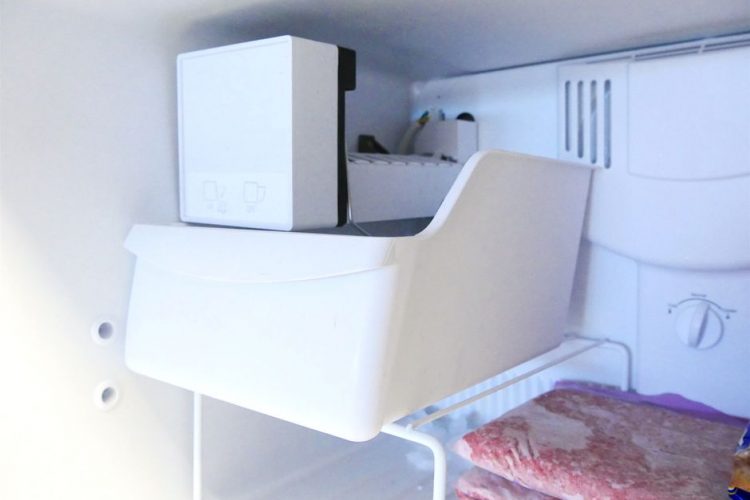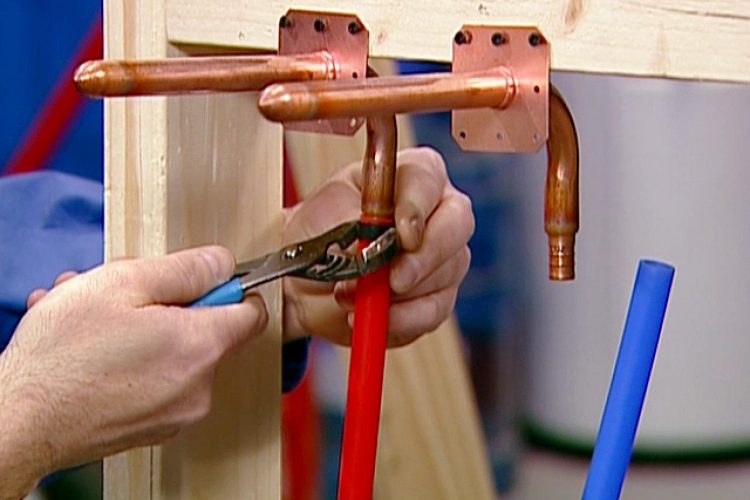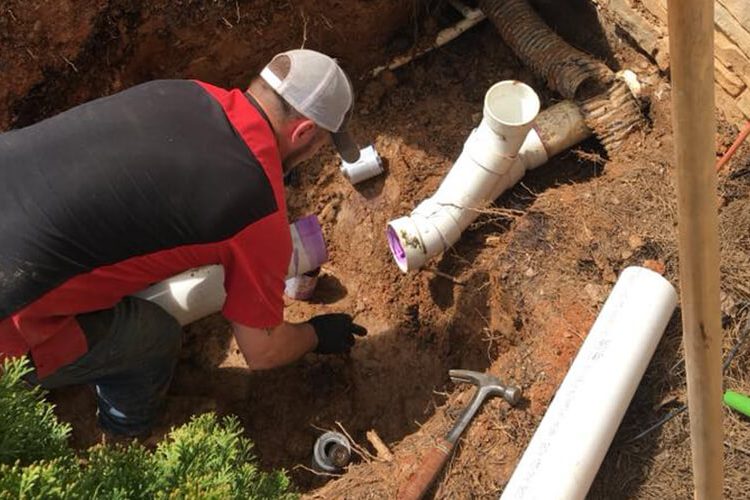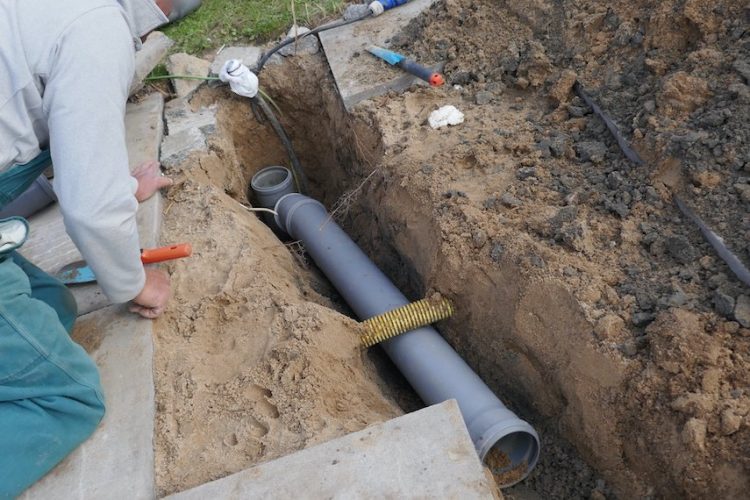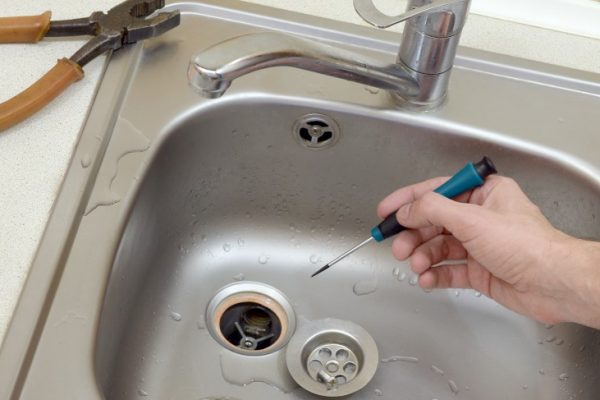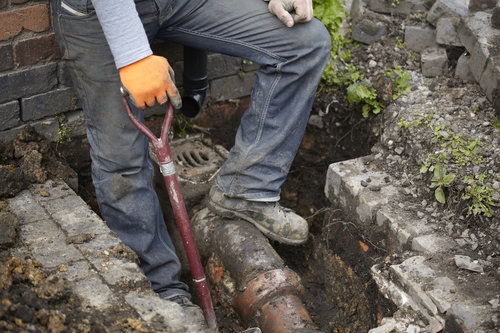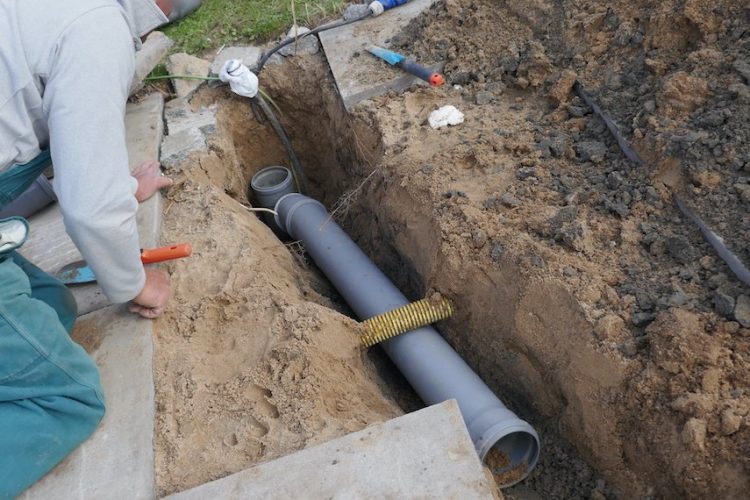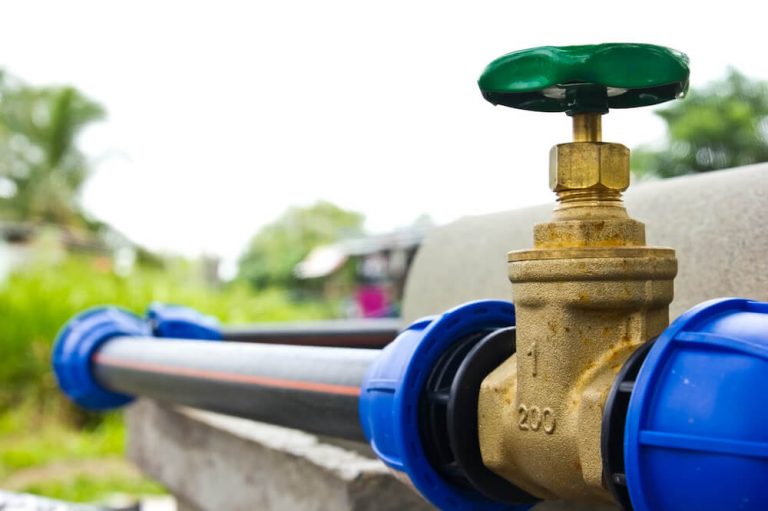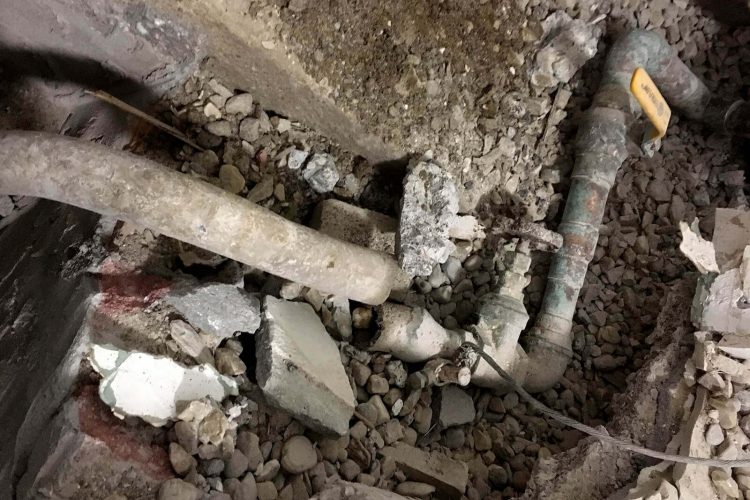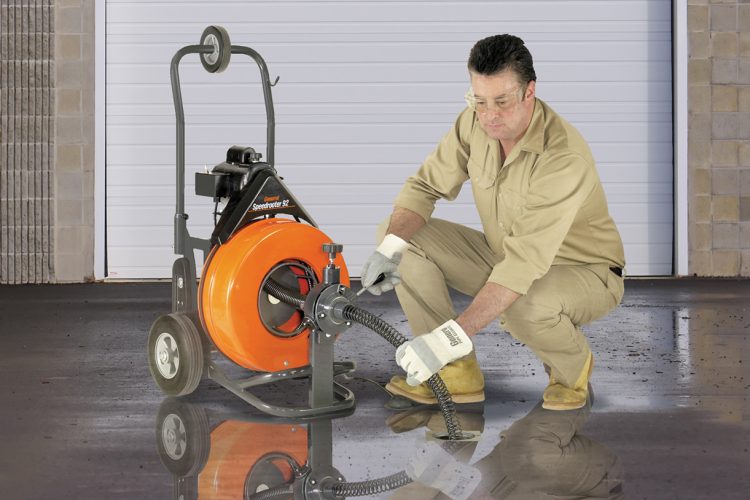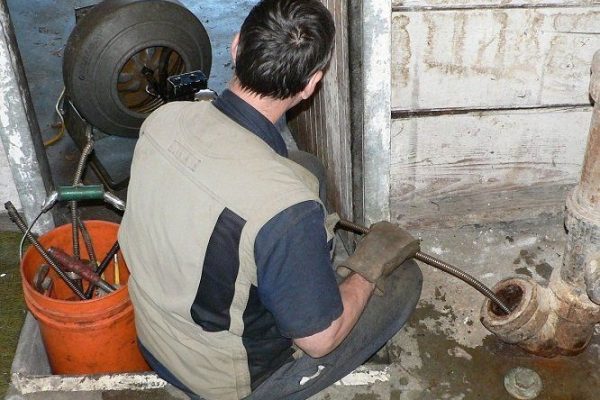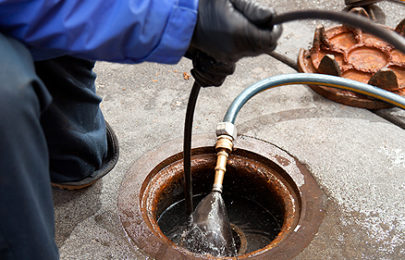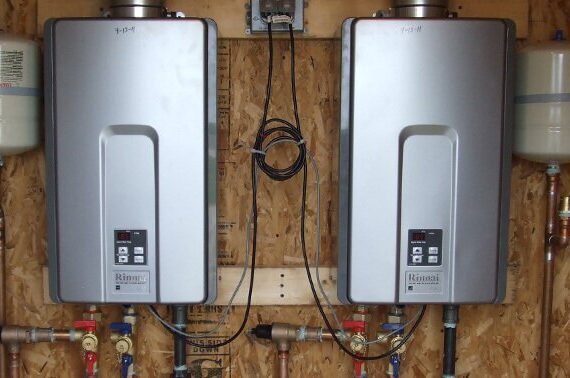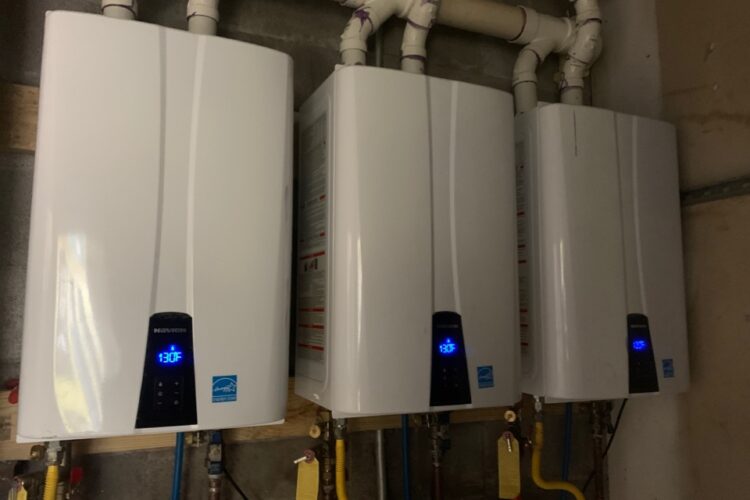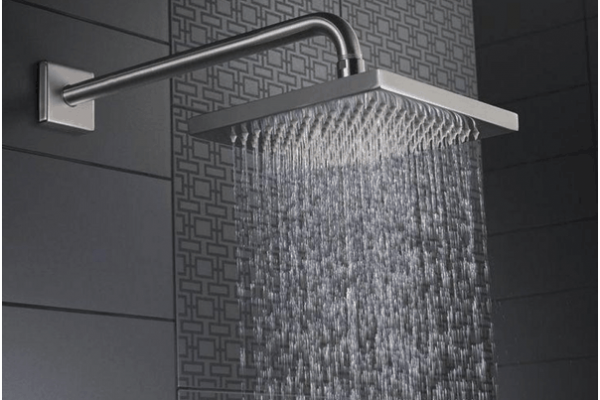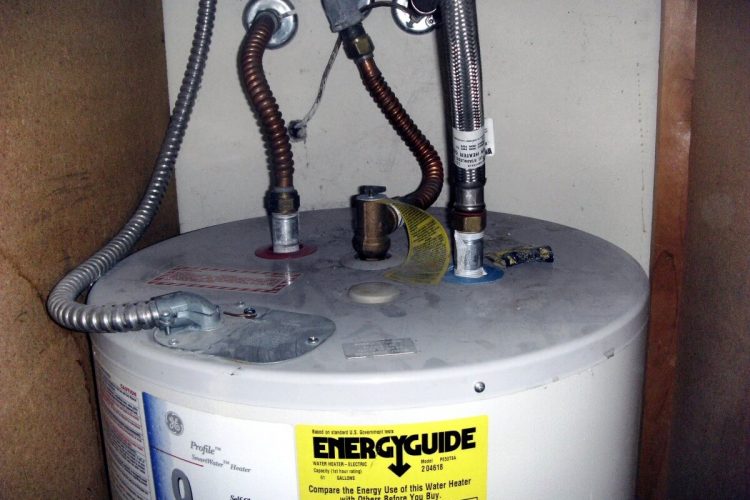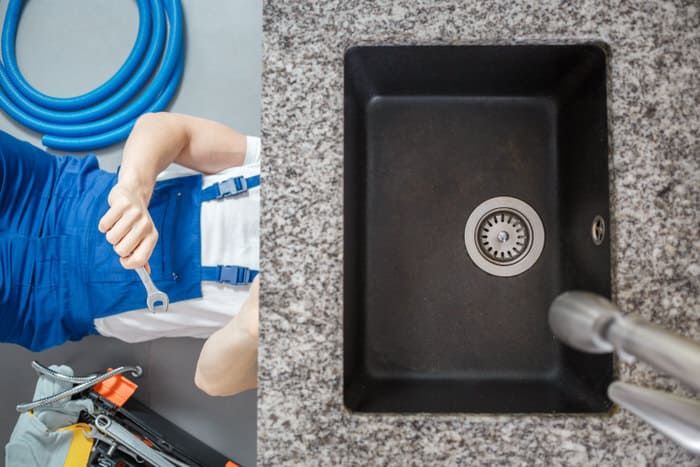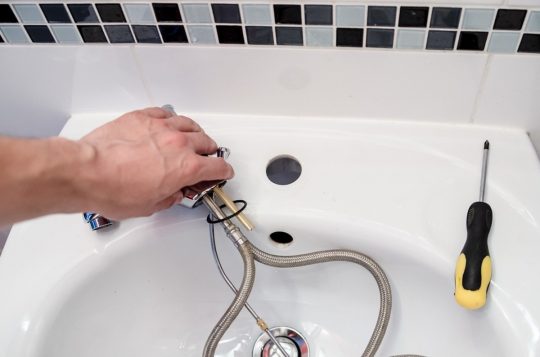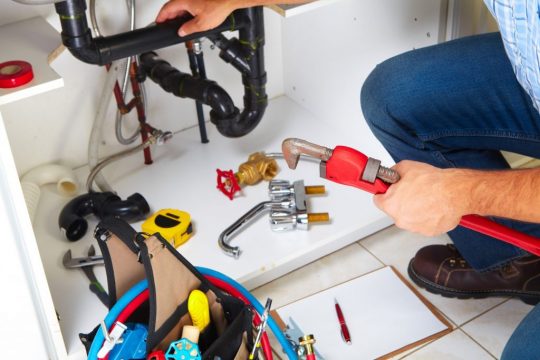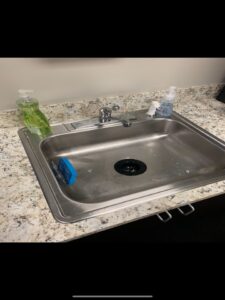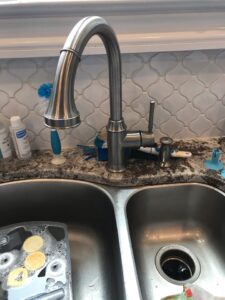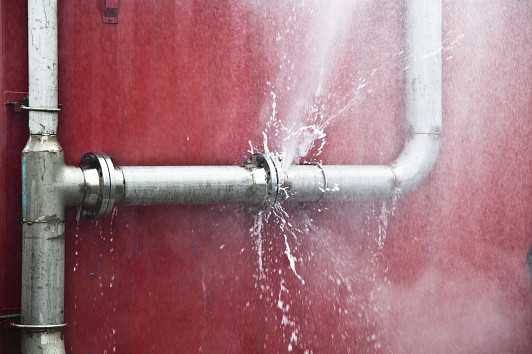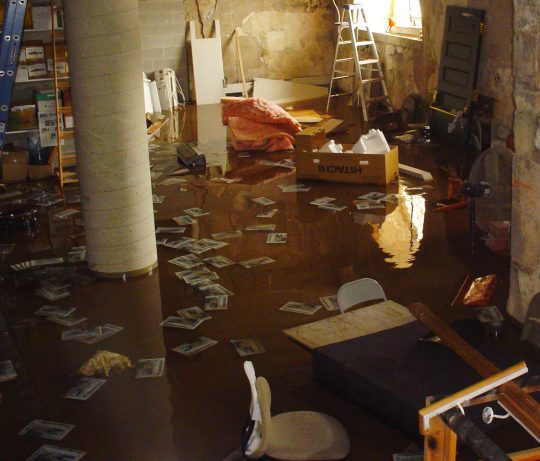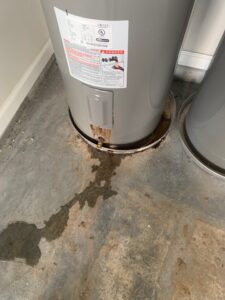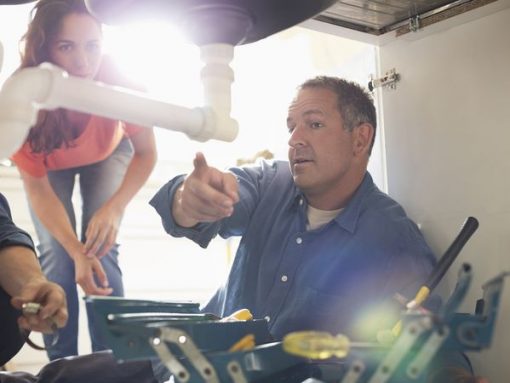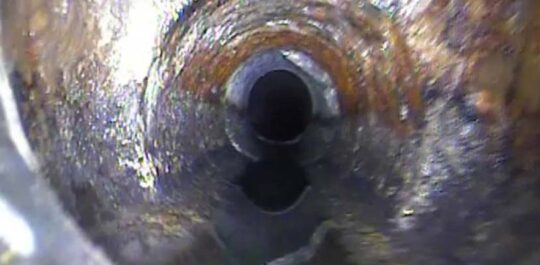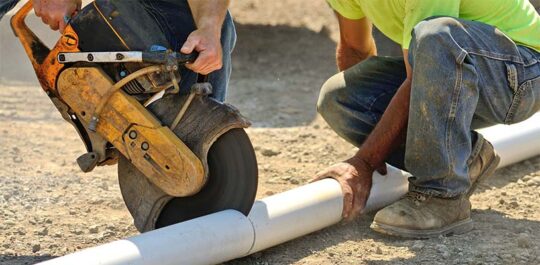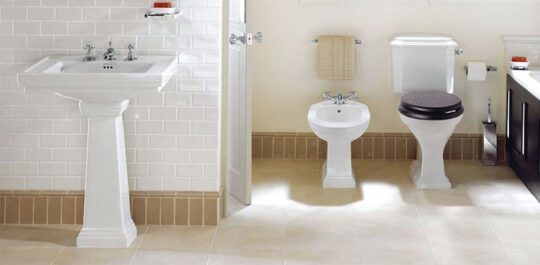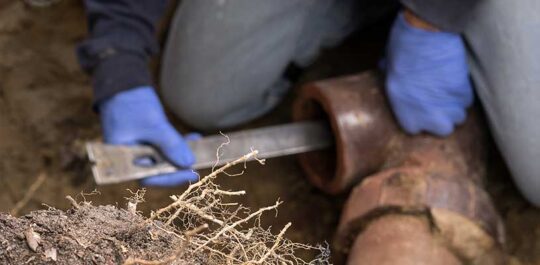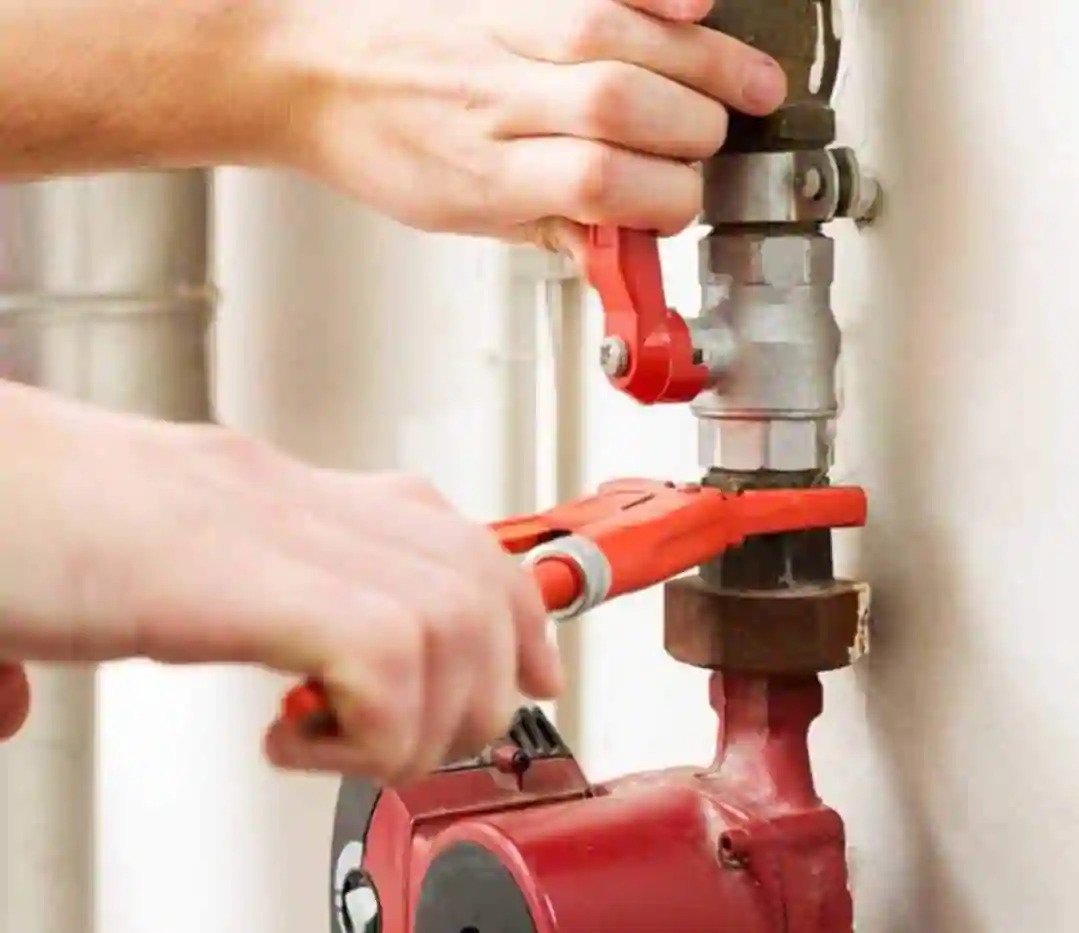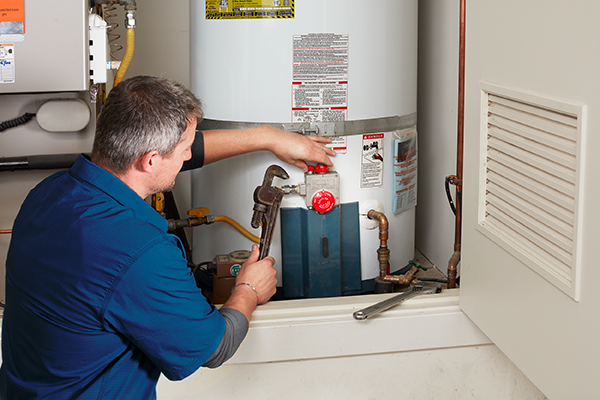Is my pool leaking
While some water loss is natural, especially with splashing and during hot days, it is important to keep an eye on the amount of water you’re losing. If you lose more than an inch per 24 hour period, or if you have to add more than 2 inches per week, it could well signify that you may have a leak in your pool. Today we’re going to show you how to detect a swimming pool leak in a few simple steps. Some of the common areas that could spring a swimming pool leak include the pump, the heater, the pipe valves and the filter. Check the following: Equipment Pad: check the pipe valves, heater, pump, and filter. The ground around the pool: Take a close look at the ground around the pool to see if there’s any moisture, wet soil, erosion or sunken areas. Vinyl liner: If you have a pool with a vinyl liner, check for separations or tears around the fittings, corners, steps, lights, cleaner line, returns or skimmers. You can confirm your suspicion that there’s a leak by measuring the water level over a day or so, using one of the following methods:
1. Mark the water level using a grease pencil or a piece of tape by the skimmer and check back in 24 hours. If the pool lost more than 0.6cm (1/4 inch) water in this time, you may have a leak.
2. Alternatively, you could place a bucket filled with pool water on the step, marking the water level on the inside as well as the outside of the bucket. The water levels inside the bucket and inside the pool should be the same. When checking back in 24 hours, if there’s a greater difference between the line on the outside of the bucket and the new water level, there may be a leak.
3. Place a pH indicator test reagent near the spot where you suspect the pool might be leaking. If the dye is sucked into a tear, crack or gap. Conduct these tests once with the pump on, and once again with the pump off.
Locating a Pool Leak
When you have concluded that you have a leak, you will need to locate it. You can o this by turning off the filtration system and noting where the water stops dripping. If you have a vinyl lined pool, be sure that there is water in it at all times. If the water level drops rapidly during this test, stop immediately. You will have to call Atlanta Plumbing right away and start adding water. Sometimes, the water will stop at the bottom of the skimmer’s opening. This means that there might be a leak in either the filtration system or the skimmer. You may be able to see air bubbles in the return line while the pump is running. Ensure the pump basket’s lid is tightly in place, and the o-ring in the lid is well lubricated and in good working condition. Leaks may also occur near the lights, especially when the conduit pipe comes apart, separates from the niche or breaks. You can repair it with two-part epoxy that dries to become hard, or with caulk, silicone or putty. Liner leaks can be patched using vinyl liner patch kits. Depending on the location and the nature of your leak, you can now consider fixing it or hiring a professional plumber to do it for you. Concrete pools can easily be fixed using pool putty. Unless you have experience in fixing pools and some general plumbing knowledge, you should not attempt to fix your own pool. Rather hire a professional plumber from Ridgeway Mechanical for the purpose.

